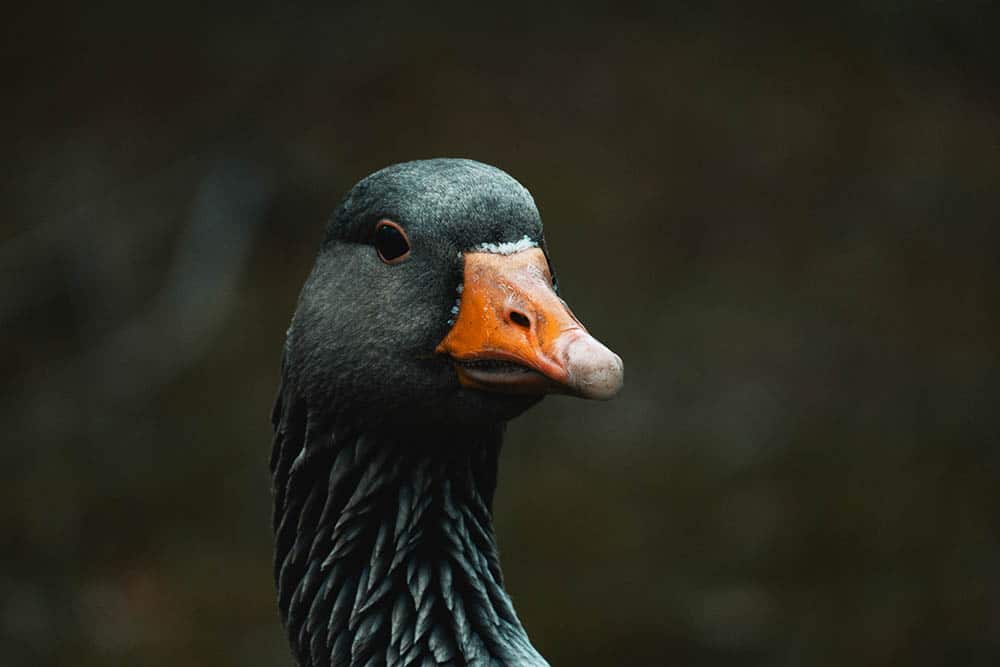Every year, millions of animals travel across the globe in search of food, water, mating partners, and safety. From birds, reptiles, and mammals to fish and insects, these migrations play a critical role in maintaining the balance of ecosystems and supporting biodiversity. However, with human encroachment and development, many of these routes are disappearing or becoming fragmented, making it difficult for animals to complete their journeys and survive. In this article, we’ll delve into why it’s crucial to protect animal migration routes, the challenges that animals face during their journeys, and what we can do to mitigate the risks and help them thrive in their natural habitats.
Why Animal Migration Routes are So Important
Animals undertake migration for a variety of reasons, such as finding food and water, escaping harsh winters, following breeding and nesting patterns, and avoiding predators. These movements also serve as a means of dispersing genetic material and nutrients, spreading disease resistance, pollinating plants, and renewing soil quality, all of which contribute to healthy and productive ecosystems.
For instance, many birds migrate each year from their breeding grounds in the Northern Hemisphere to their wintering grounds in the Southern Hemisphere and vice versa, covering thousands of miles over oceans, deserts, mountains, and forests. These avian journeys result in the pollination of wildflowers, the distribution of seeds, the control of insect populations, and the resupply of nutrients in the soil. Similarly, elk, caribou, and deer migrate thousands of miles across North America, helping to fertilize the soil, disperse plant seeds, and control the growth of plants that can otherwise overtake their habitats.
Unfortunately, the rapid expansion of human activity and infrastructure, such as urbanization, agriculture, mining, logging, and transportation, has fragmented and destroyed many migration routes, causing a decline in wildlife populations, biodiversity, and ecosystem function. For instance, in the Great Plains of the United States, the pronghorn antelope, which once migrated over 1,000 miles each year, now has to navigate oil fields, highways, fences, and other obstacles that disrupt its movement and expose it to predators and disease. As a result, the pronghorn population has declined by 99 percent, putting the species at risk of extinction.
The Challenges of Animal Migration
Animals face numerous challenges during their migration journeys, including natural hazards, such as storms, droughts, predators, and disease, and human-caused obstacles, such as highways, fences, buildings, pollution, and climate change. Here are some examples of how these challenges affect different animal species:
– Monarch Butterfly: The monarch butterfly is known for its remarkable migration from Canada and the United States to Mexico, covering up to 3,000 miles each way. However, climate change, habitat loss, and the use of pesticides have caused a decline in the monarch population by 90 percent, threatening the pollination of many flowering plants and crops.
– Pacific Salmon: Pacific salmon are famous for their migratory journeys from the ocean to freshwater spawning grounds, where they reproduce and die, providing nutrients for the next generation of fish and other organisms. However, dams, pollution, overfishing, and climate change have reduced the number of salmon by 70 percent, impacting the food chain and cultural practices of indigenous communities.
– African Elephant: African elephants migrate over long distances to find water and food, which is critical for their survival and the survival of other animals that depend on the same resources. However, human encroachment, poaching, and habitat loss have forced elephants to change their routes or stay in fragmented habitats, reducing their gene flow, social cohesion, and reproductive success.
What We Can Do to Protect Animal Migration Routes
The good news is that there are many ways to mitigate the risks of animal migration and protect their routes. Here are some examples of what we can do as individuals, organizations, and governments:
– Raise awareness: Educate yourself and others about the importance of animal migration and the threats they face. Share your knowledge through social media, conservation groups, and public events to inspire action and support.
– Reduce human impacts: Minimize your own impact on the environment by consuming fewer resources, using sustainable products, and supporting eco-friendly initiatives. Advocate for policies that protect natural habitats and discourage harmful practices, such as wildlife trade and pollution.
– Create wildlife corridors: Designate and maintain corridors of natural habitat that connect intact ecosystems and allow animals to move freely between them. These corridors can be created by removing fences, building wildlife crossings over highways, and replanting native vegetation.
– Monitor migration patterns: Use technology, such as satellite tracking, drones, and citizen science programs, to track the movements of animals and identify areas of concern. Use this data to inform conservation policies and management plans.
– Support conservation efforts: Donate to and volunteer with conservation organizations that work to protect wildlife and their habitats, such as the World Wildlife Fund, the Nature Conservancy, and the International Union for Conservation of Nature.
Summary
Animal migration routes are essential for maintaining the health and resilience of ecosystems and supporting biodiversity. However, human development and other threats have put these routes and the animals that depend on them at risk. To protect animal migration routes, we need to raise awareness, reduce human impacts, create wildlife corridors, monitor migration patterns, and support conservation efforts. By working together, we can ensure that animals can continue to thrive and fulfill their roles in the natural world.
- Urgent action needed: The looming threat of animal epidemics demands attention - 28 de abril de 2023
- Why Nocturnal Animals Are the Most Fascinating Creatures on Earth – Discover the Secrets of the Night! - 28 de abril de 2023
- Adopt, Don’t Shop: Why Animal Adoption is the Best Decision You’ll Ever Make - 28 de abril de 2023
